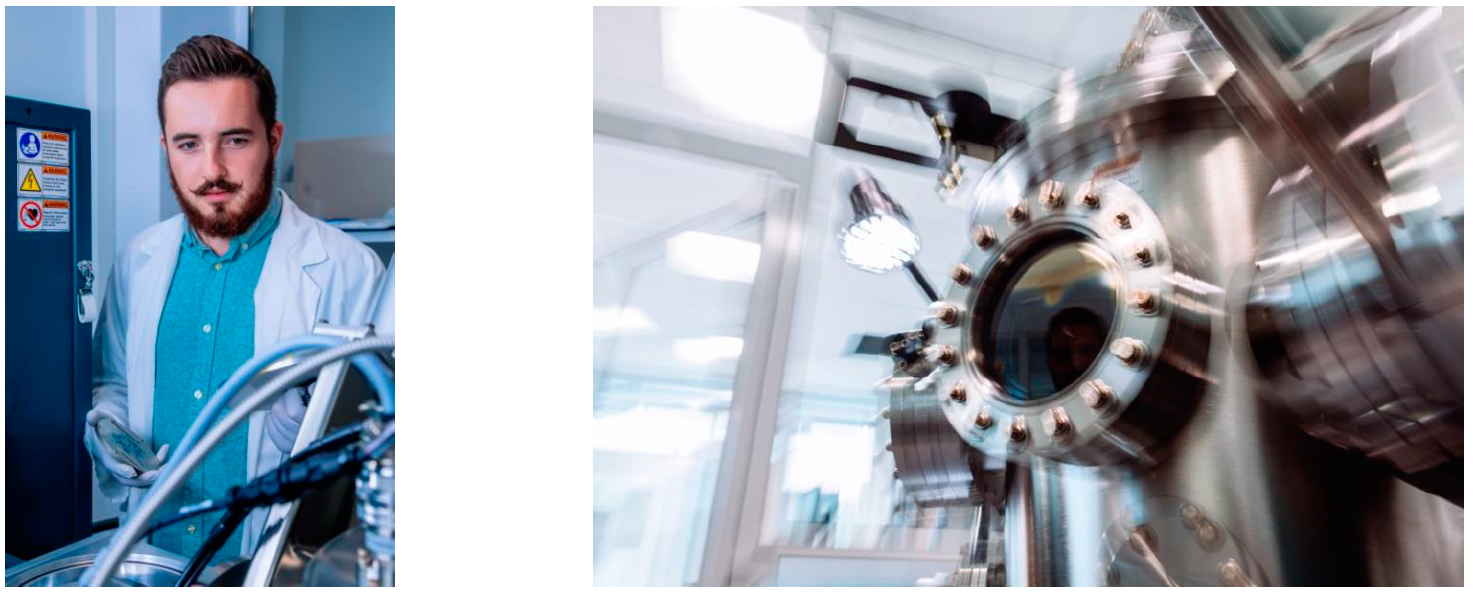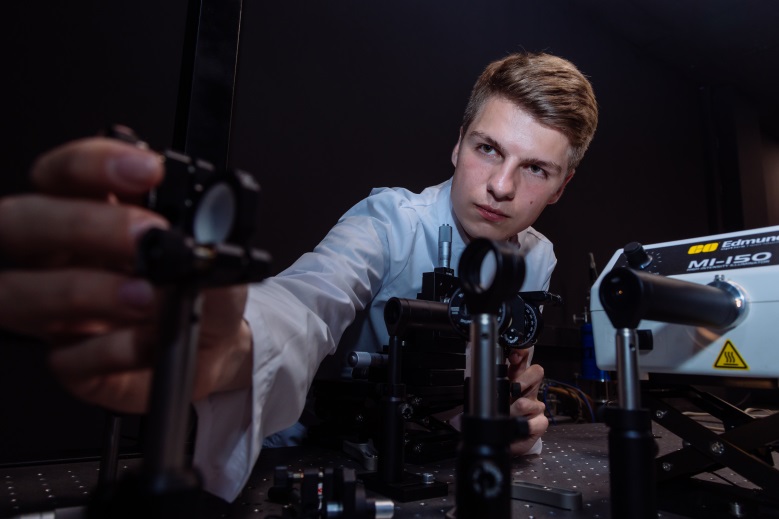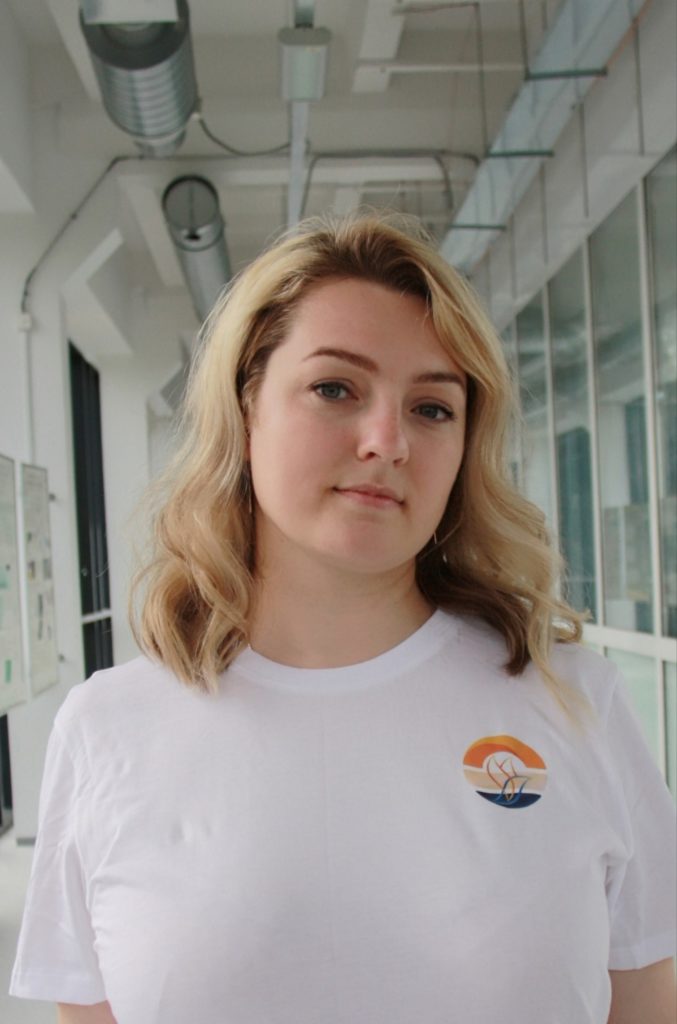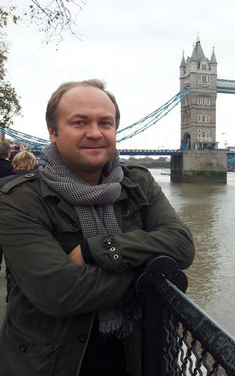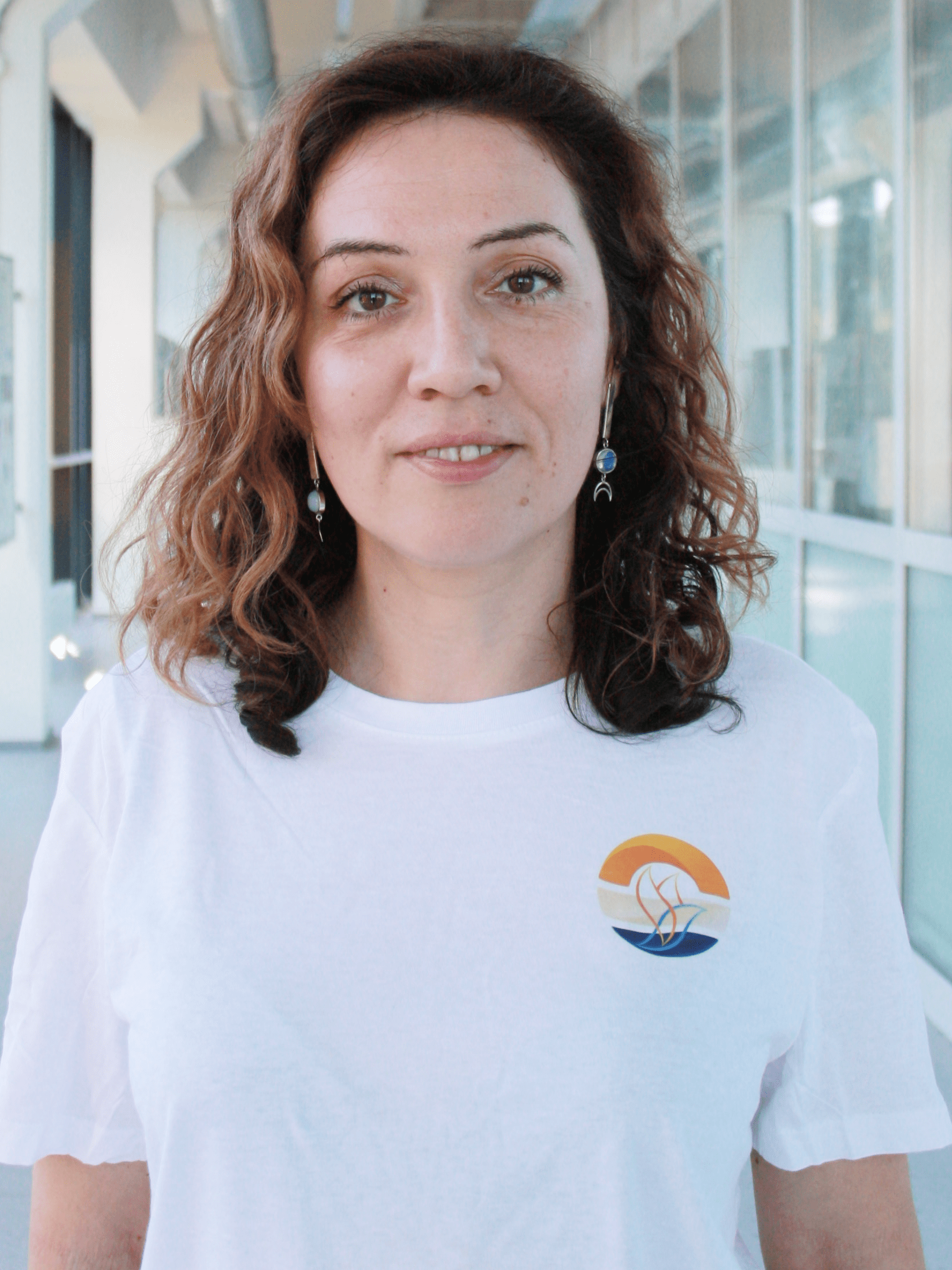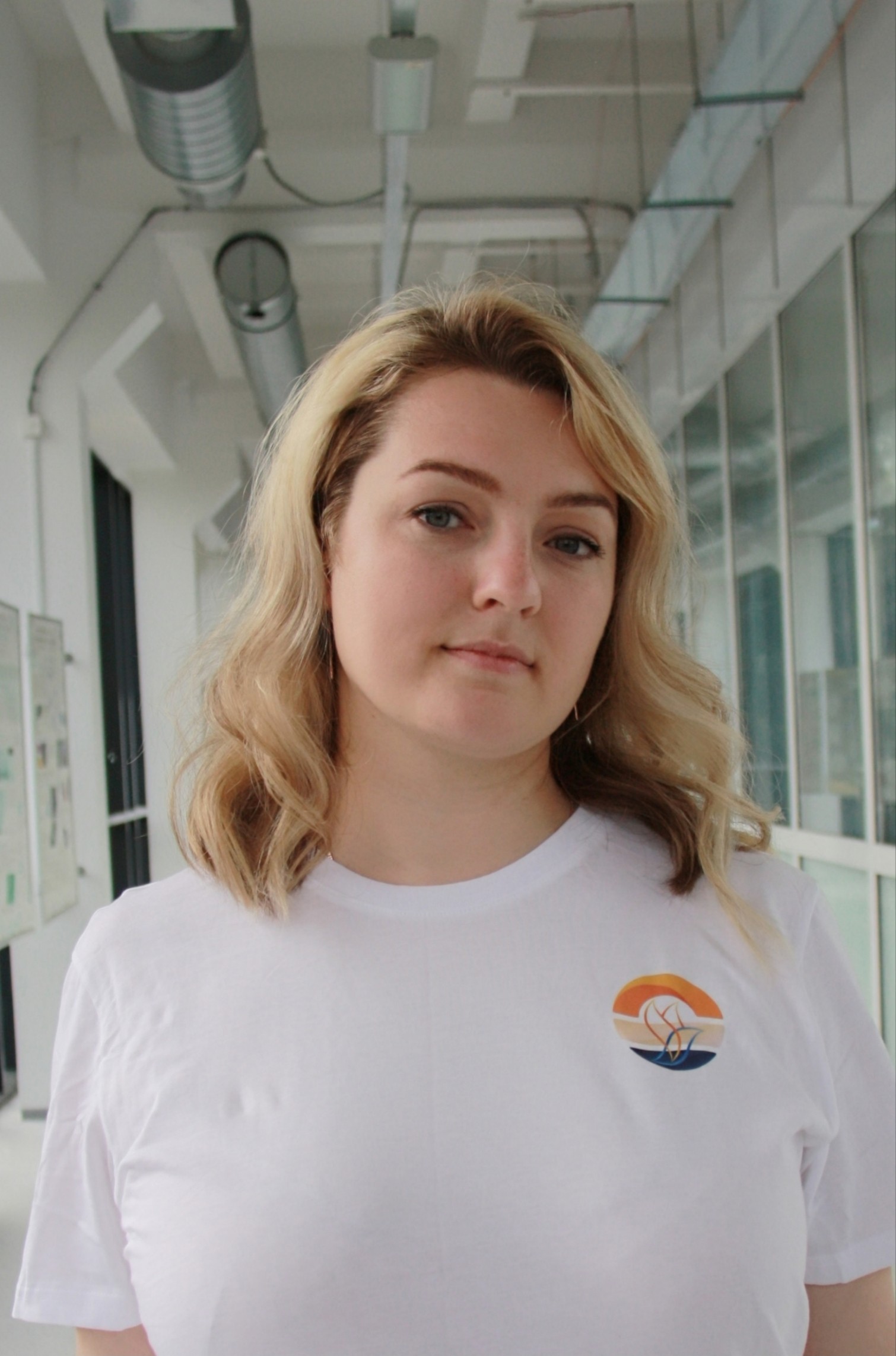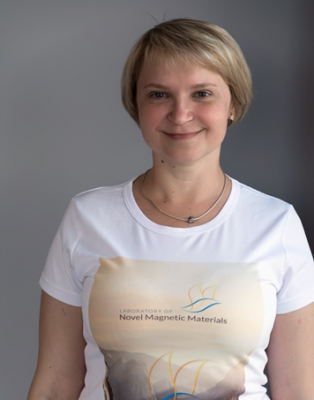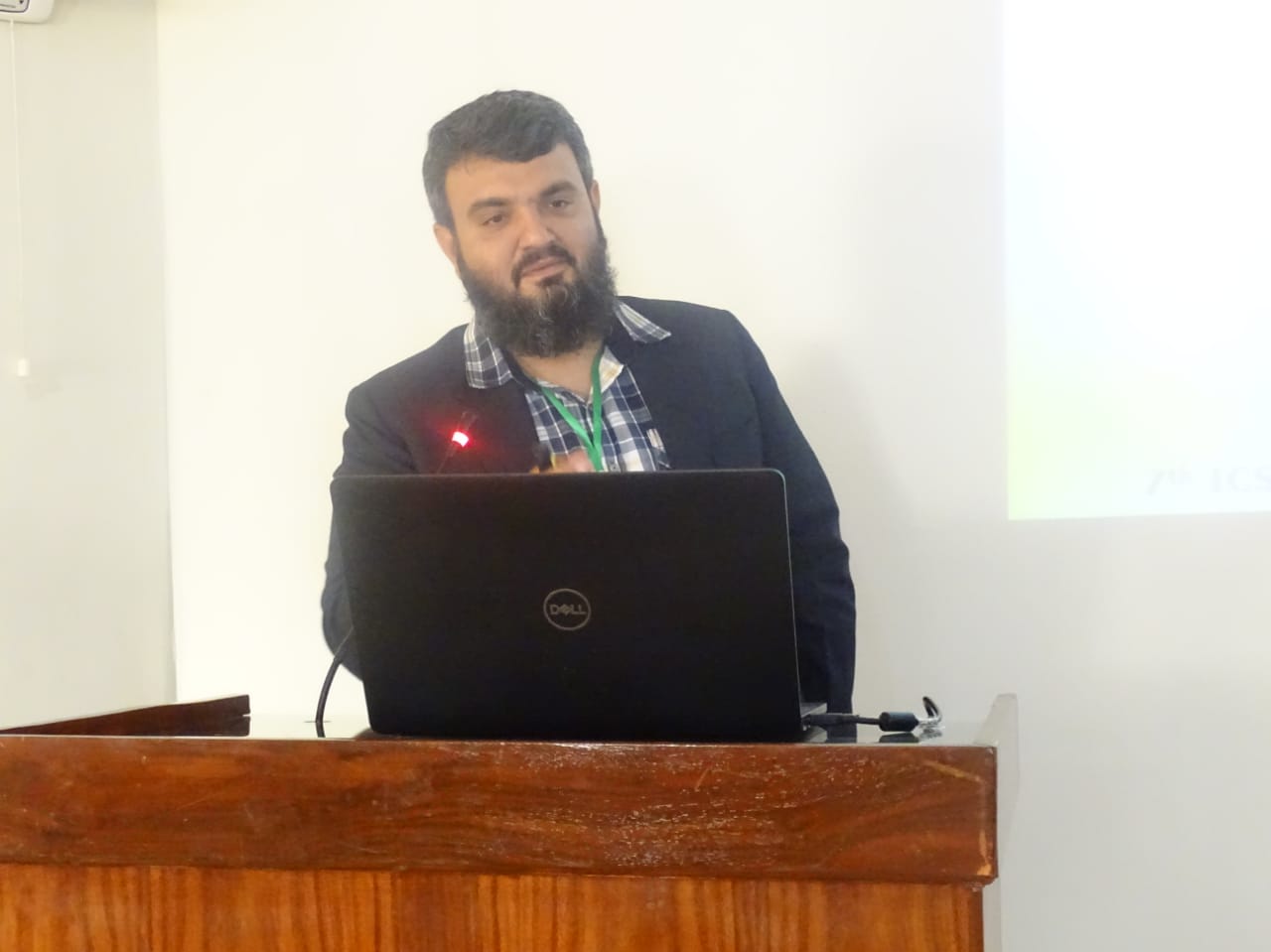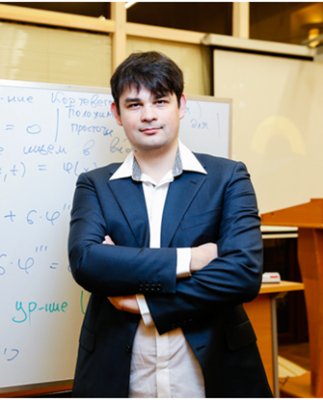Scientific directions
BIOMEDICINE AND NANOMAGNETISM
-
Synthesis and characterization of magnetic nanoparticles, as well as their application in biomedicine such as 3D-scaffolding of tissues and cells structures by using electromagnetic forces.
-
Complex studies of the magnetoelectric effect in the in-house designed and synthesized triple-component elastomers for their application as active biological interfaces which allows one to manipulate the growth, proliferation and differentiation of human neuronal stem cells in vitro.
Bio-chemical facility is equiped with:
- The biosafety cabinet
- CO2 incubator
- Cell counter
- Centrifuge
- Installation for Western Blot analysis
Chemical synthesis and surface modification methods:
- Co-precepitation in alkaline condition or high-boiling organic solvents
- Sol-gel autocombustion synthesis
- Ligands exchange on NP’s surfaces
- Reverse micelles synthesis under inert atmosphere/low pressure
OPTICAL AND MAGNETO-OPTICAL SPECTROSCOPY AND MAGNETOMETRY
Within this scientific direction we explore how the optical and magneto-optical properties of thin film magnetic materials can be altered and controlled via surface nanostructuring. One particular area of interest is the physics of plasmon-polariton assisted magneto-optical effects in the magnetoplasmonic crystals and their potential applications in magnetic field sensor based on patterned made of noble/ferromagnetic multilayered nanostructures.
To perform this work, a custom-built experimental set-up with high flexibility and modular structure was assembled. This setup can also be used to perform spectroscopy and magnetometry measurements in visible and IR range with a beam-size focused down to 10 μm².
We have demonstrated the DC magnetic field sensors based on magnetoplasmonic crystals. The correlation between magneto-optical and magnetic properties reveals the possibility to tune the sensitivity of the sensor by changing the ferromagnetic layer thickness. The sensitivity of our sensor prototype was found to be 3·10-6 Oe.

EXCHANGE BIAS AND MAGNETIC MULTILAYERS
This scientific direction is related to the study of exchange coupled thin film structures that can be applied in spintronics and magnetic sensors. The model systems based on NiFe, IrMn, and FeMn alloys are found to be promising for non-linear detection. We study the
magnetization reversal mechanisms as a function of the layer thicknesses, composition crystal structure and interface roughness.
By using the facilities available in our laboratory we can produce a high-quality thin film structures by means of the magnetron sputtering technique, perform the surface analysis using the atomic force microscopy as well as scanning electron microscopy and conduct a wide range of static and dynamic magnetic and transport experiments.
Up-to-date, we have shown how NiFe-IrMn interface morphology depends on the layer deposition sequence and NiFe composition. Also we have shown how the value and configuration of the external magnetic field applied during the sample deposition influences the exchange bias and magnetization reversal mechanisms in NiFe/IrMn bilayered structures.

SMART MATERIALS AND MULTIFERROICS
Within this scientific direction we design, synthesize and explore a class of new functional materials, known as smart materials.
Novel electric- and magnetic- field-controllable materials, are of the broad interest for microelectronics, spintronics, energy conversion technologies and biomedicine. In particular, we study the materials that exhibit caloric and coupled caloric (multicaloric) effects from the point of view of their applicability in alternative solid-state cooling technologies. Another class of smart materials are shape memory alloys which have the ability to «memorize» or
retain their previous geometric form when subjected to certain external stimuli such as heating, mechanical forces or magnetic field.
We also fabricate and investigate multiferroic elastomers. This is a new class of materials consisting of a magnetic and piezoelectric micro- or nanoparticles embedded into the polymer matrix. Due to the elastic coupling between components with different nature the material exhibits multiferroic properties.

MATERIALS FOR MAGNETIC SENSING AND LOGIC APPLICATIONS
This scientific direction is devoted to the experimental studies of magnetic properties of amorphous magnetic microwires and their assembles. Amorphous magnetically soft glasscoatedmicrowires are of the particular interest for potential applications in encoding
systems, magnetic field and stress sensors and biomedicine.
Magnetic properties and characteristics of the domain wall dynamics can be tuned by the variety of physical parameters. We aim to reveal and understand peculiarities of the micromagnetic structure and magnetic properties in order to find novel ways to control the domain wall dynamics.
The electromagnetic manipulator based on ferromagnetic microwires is being developed. This instrument can be used in combination with magnetic nanoparticles for threedimensional movement of cells in vitro (for the formation of artificial tissue constructs) and in vivo cancer therapy (for local cell death induction). The first successful experimental attempts of the cell manipulation have already been demonstrated.

MAGNETIC MAX-PHASES AND MXENES
This scientific direction is devoted to the complex study of magnetic and magnetotransport properties of MAX-phases – the unique class of nanolamellar materials which demonstrate a combination of metallic and ceramic properties. Magnetic behavior of Cr-containing MAX-phases is contradictory due to the impact of secondary phases and impurities. This influence is widely investigated in LNMM as magnetic MAX-phases may be applicable in the variety of
field such as spintronics and magnetic sensing.
We have an experimental possibility to perform a full cycle of MAX-phase investigation: from synthesis of samples in bulk (arc melting) and thin film (magnetron sputtering) forms, to their structural characterization by means of X-ray phase analysis and scanning electron microscopy, and magnetic characterization using a vibrating sample magnetometer.



